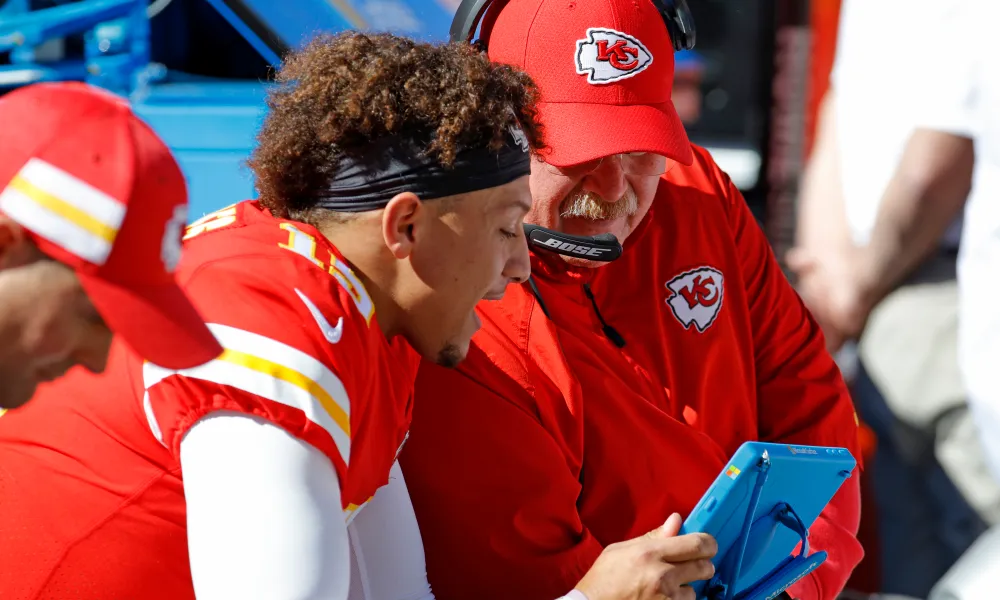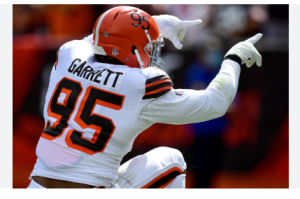
Kansas City Chiefs head coach Andy Reid is renowned for his innovative offensive strategies and his ability to adapt to his players’ unique skills.
When it comes to quarterback Patrick Mahomes, Reid has embraced a play style that is as unconventional as it is effective. Mahomes is known for his spectacular, off-the-cuff plays, including his infamous behind-the-back passes. However, integrating such unconventional moves into a high-stakes game strategy requires a nuanced approach.
For Reid to ‘accept’ and fully integrate Mahomes’ behind-the-back passes into the Chiefs’ offensive scheme, a few critical factors must align. Firstly, these passes must be strategically beneficial and not just flashy. Mahomes’ behind-the-back throws are often executed under pressure and can be highly effective if they catch defenders off guard. Reid needs to ensure that these passes are not only entertaining but also contribute to the team’s success. This means that Mahomes must be able to make these throws accurately and in situations where they create significant opportunities for advancing the ball or scoring.
Secondly, communication and trust between Reid and Mahomes are essential. Reid has always been a proponent of allowing his quarterbacks a degree of freedom within his offensive system. This freedom enables Mahomes to make plays that reflect his unique talents. However, this freedom must be balanced with a structured game plan. Reid needs to work closely with Mahomes to ensure that behind-the-back passes are used judiciously. There must be clear guidelines about when and where these passes can be most effective, and Mahomes needs to understand and respect these parameters.
Thirdly, Reid must ensure that the rest of the offense is in sync with Mahomes’ improvisational style. The offensive line, wide receivers, and tight ends all need to be prepared for the unexpected. When Mahomes attempts a behind-the-back pass, his teammates must be ready to adapt to the unusual angles and trajectories that such throws can create. This requires practice and coordination, ensuring that the entire offensive unit is on the same page.
Lastly, Reid’s acceptance of these passes also hinges on the success and outcomes they generate. If behind-the-back passes lead to turnovers or missed opportunities, Reid may be less inclined to endorse them. However, if these plays contribute to scoring drives and victories, Reid will likely continue to support Mahomes’ creative approaches.
In summary, for Andy Reid to fully embrace Patrick Mahomes’ behind-the-back passes, the play must be strategically sound, supported by strong communication and trust, synchronized with the rest of the team, and, most importantly, effective in contributing to the team’s success.







